Mobile marketing is surrounded by a lot of buzz right now. In fact, according to a Forrester Research report published in July 2011, marketers are planning to increase their mobile spend from $1.65B in 2011 to $2.77B in 2012. That's a significant jump, signaling that mobile marketing is ready for prime time.
As mobile marketing moves out of the experimental phase and becomes a standard budget line item in a well-diversified marketing portfolio, it's imperative that marketers get mobile right. Each mobile program must drive results—in terms of awareness, engagement, commerce, and other areas—while creating opportunities to extend and deepen consumers' relationship with a brand.
One of the best times to use mobile marketing is during a live event. Think about it. Everyone has a mobile phone in his or her pocket. How do you inspire them to pick up their phones around a point of inspiration—such as, a sporting event, concert, or party— and engage with your brand in a fun, interactive way? All aspects of mobile engagement campaigns (e.g., contests, trivia, polls, fan-generated content) have metrics associated with them and allow you to extend an offer to continue the relationship after an event ends. A marketer's dream, right?
Not so fast. Mobile engagement is not easy. Marketers need to be smart about how they approach mobile engagement campaigns to make them a success. After working with customers for six years and executing more than 175,000 campaigns, I've compiled a list of five classic mobile engagement mistakes marketers make that are easy to avoid.






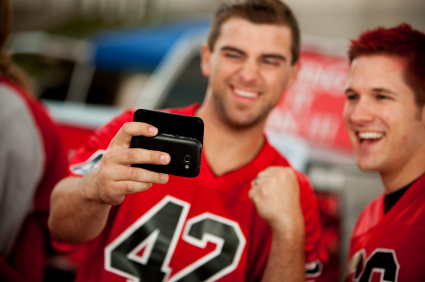
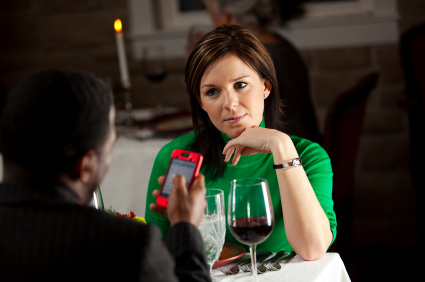


![How Texting Can Deliver Value for Businesses [Infographic]](https://i.marketingprofs.com/assets/images/articles/lg/231207-infographic-lg.jpg)
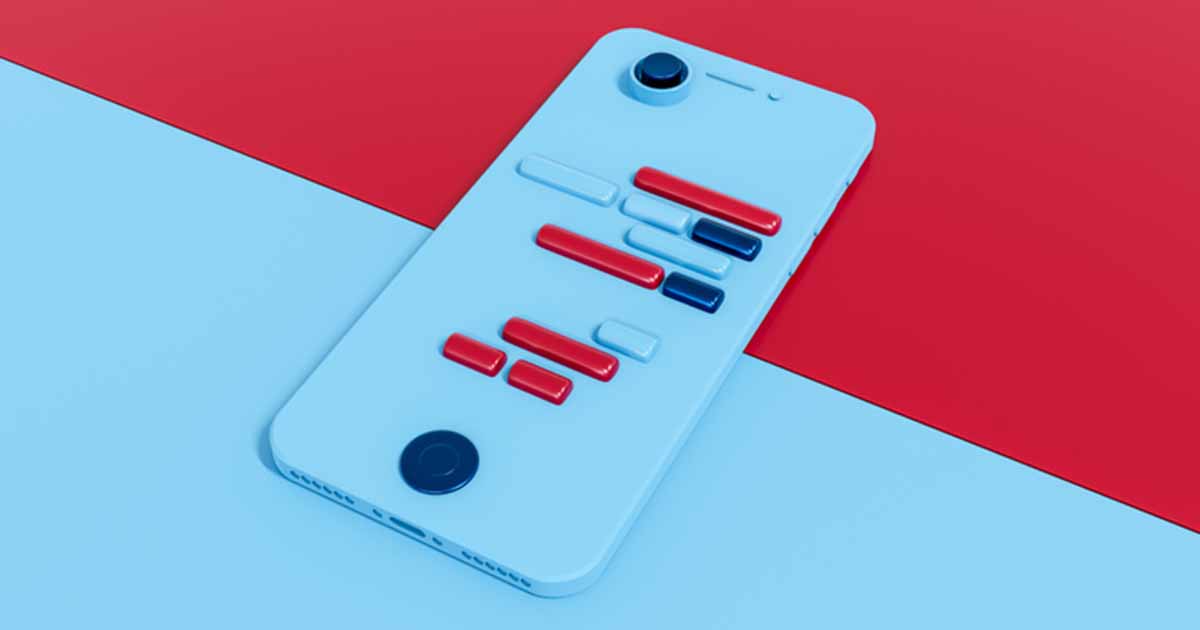

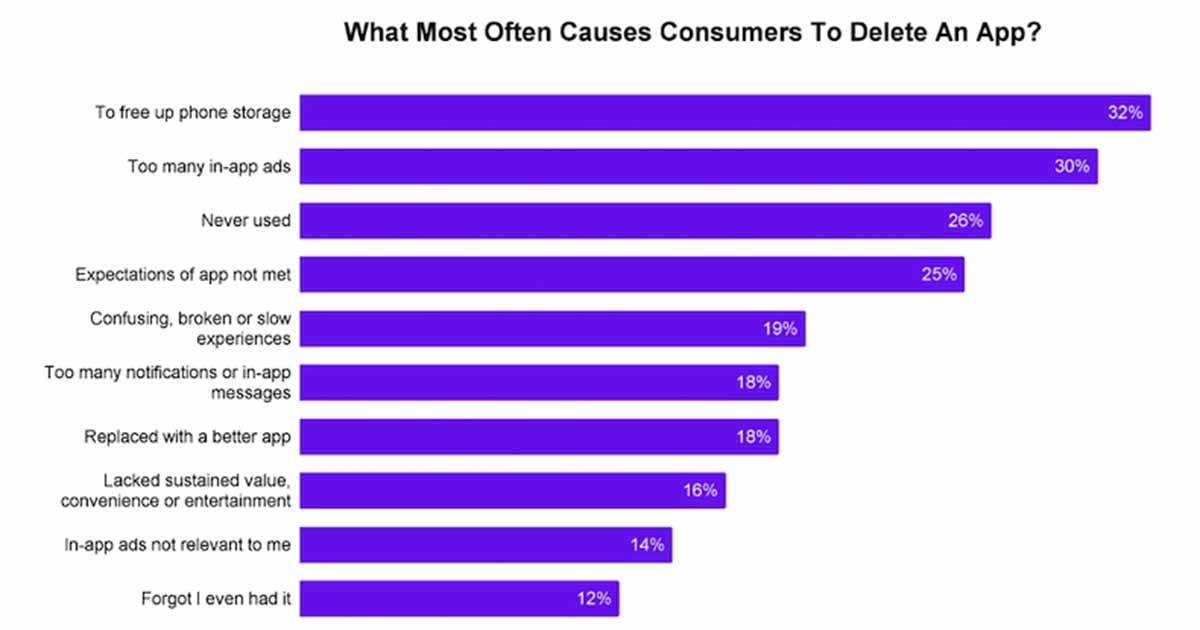
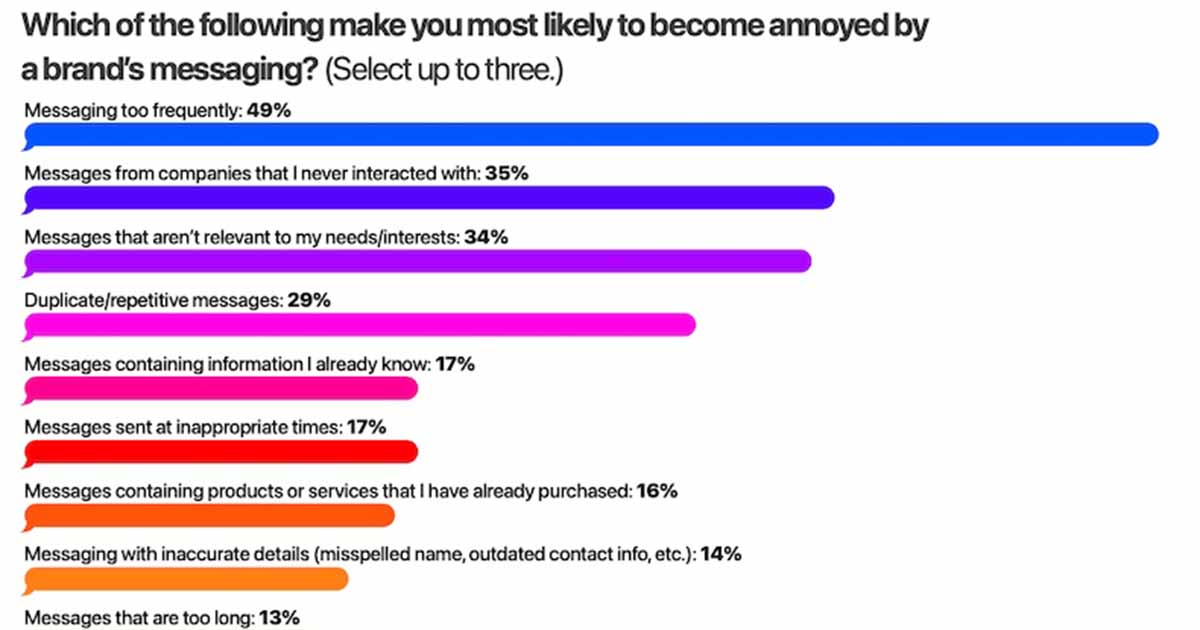
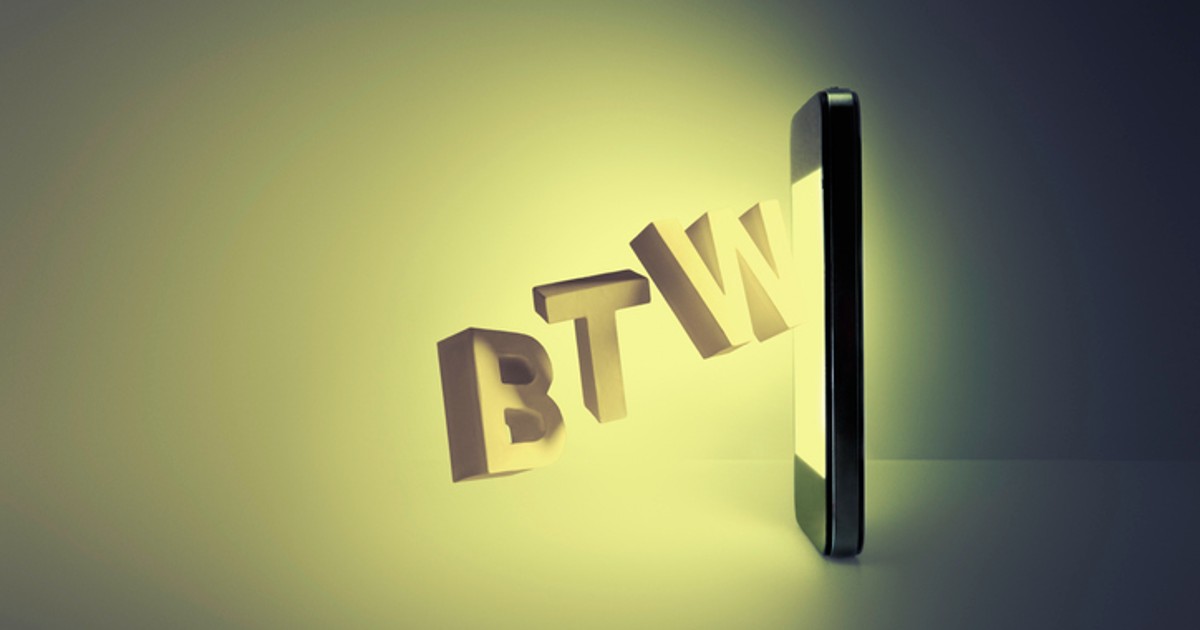

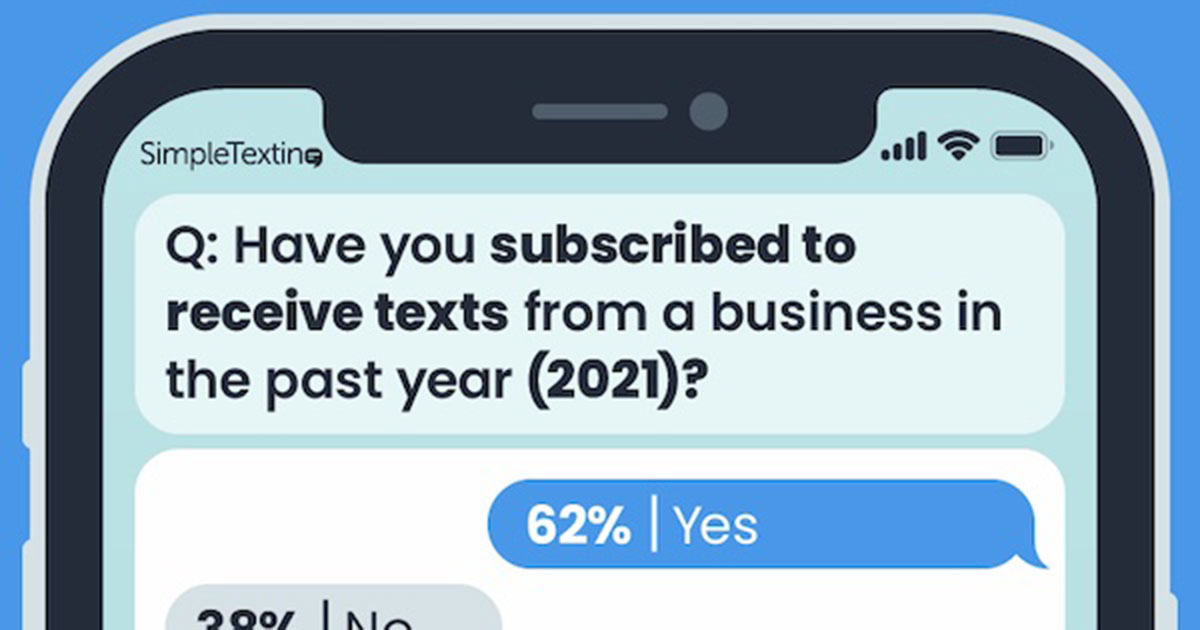
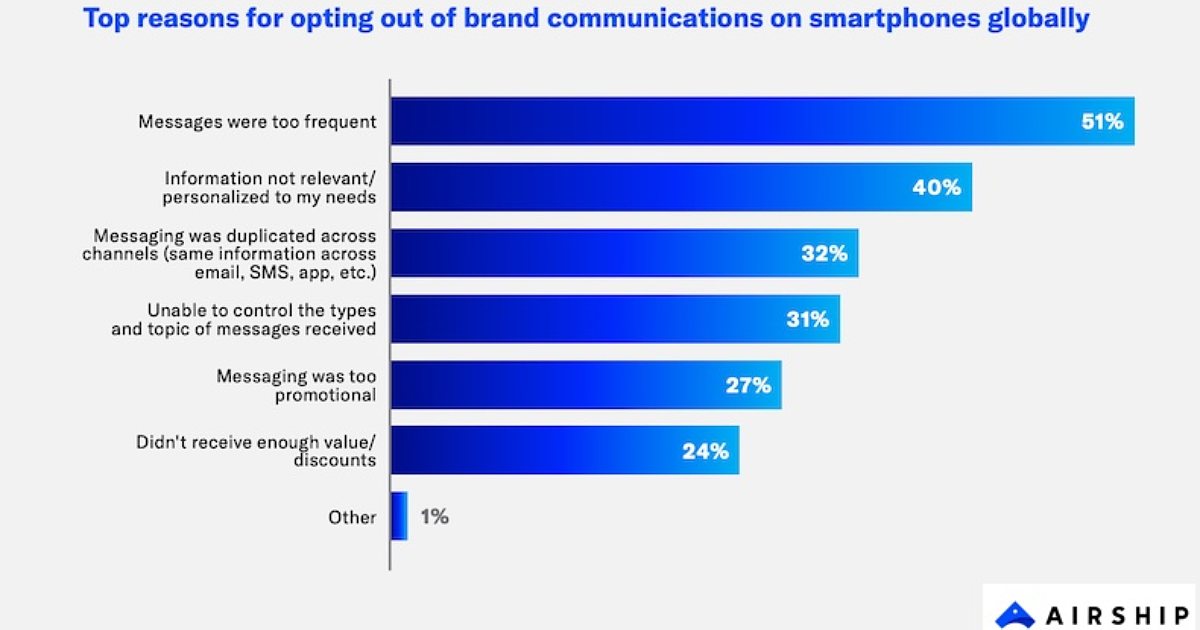
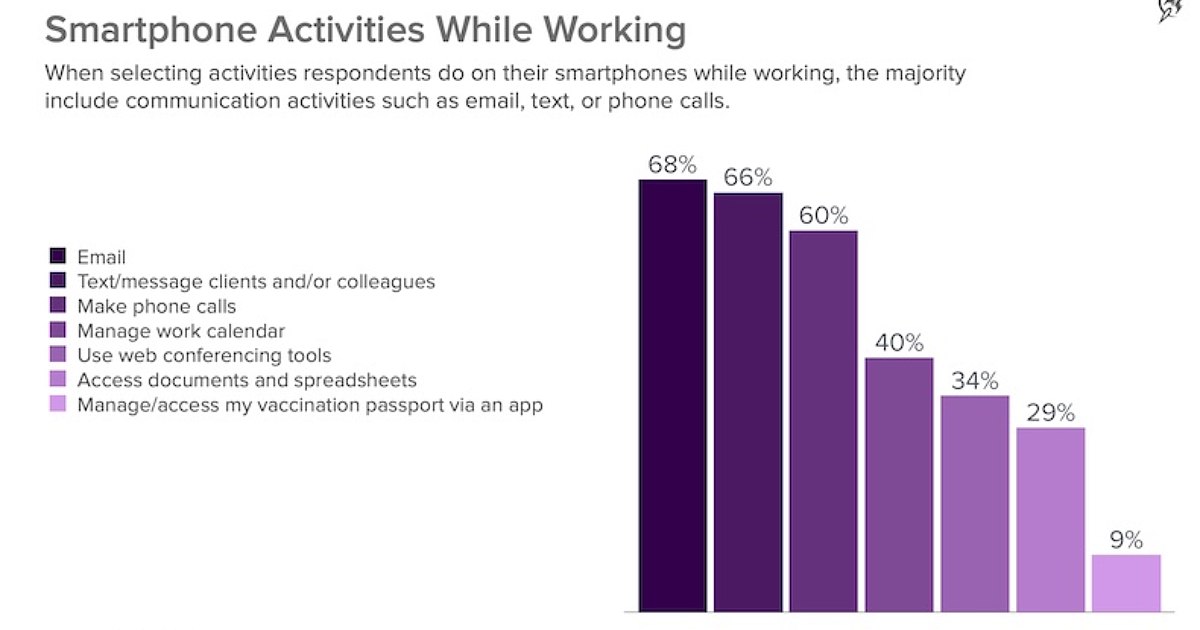
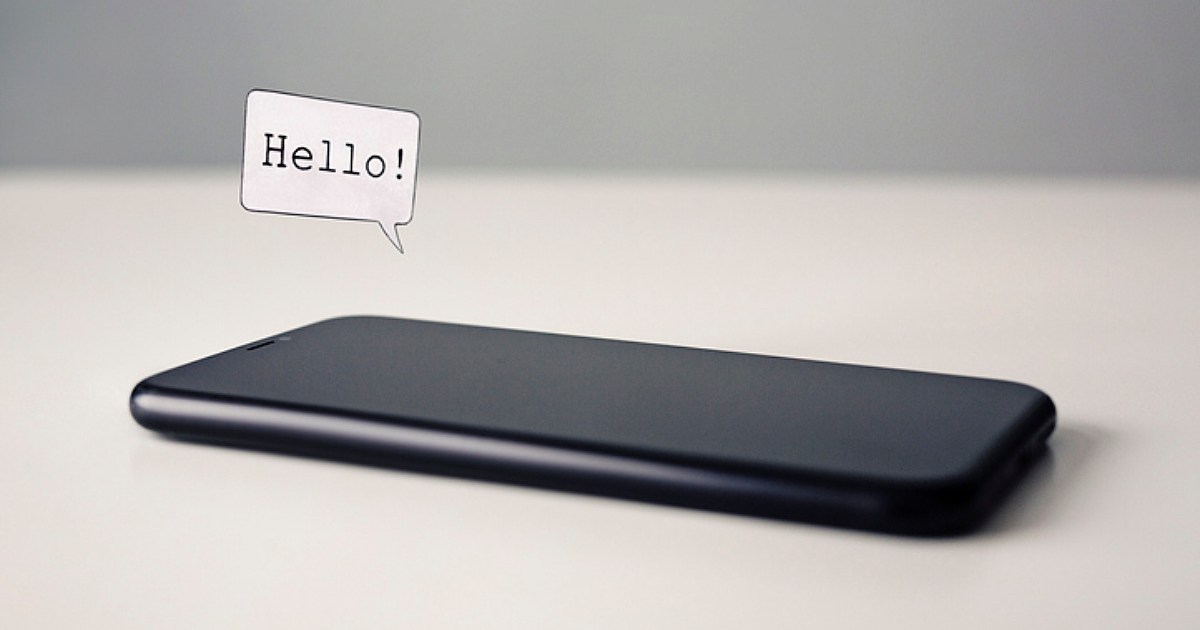
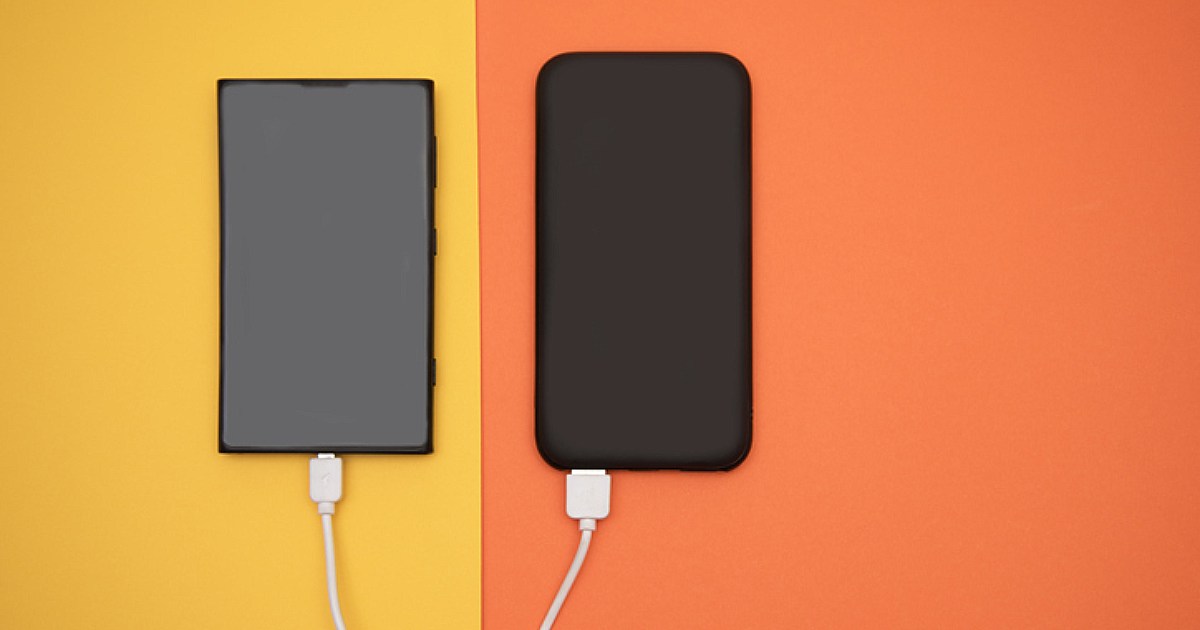

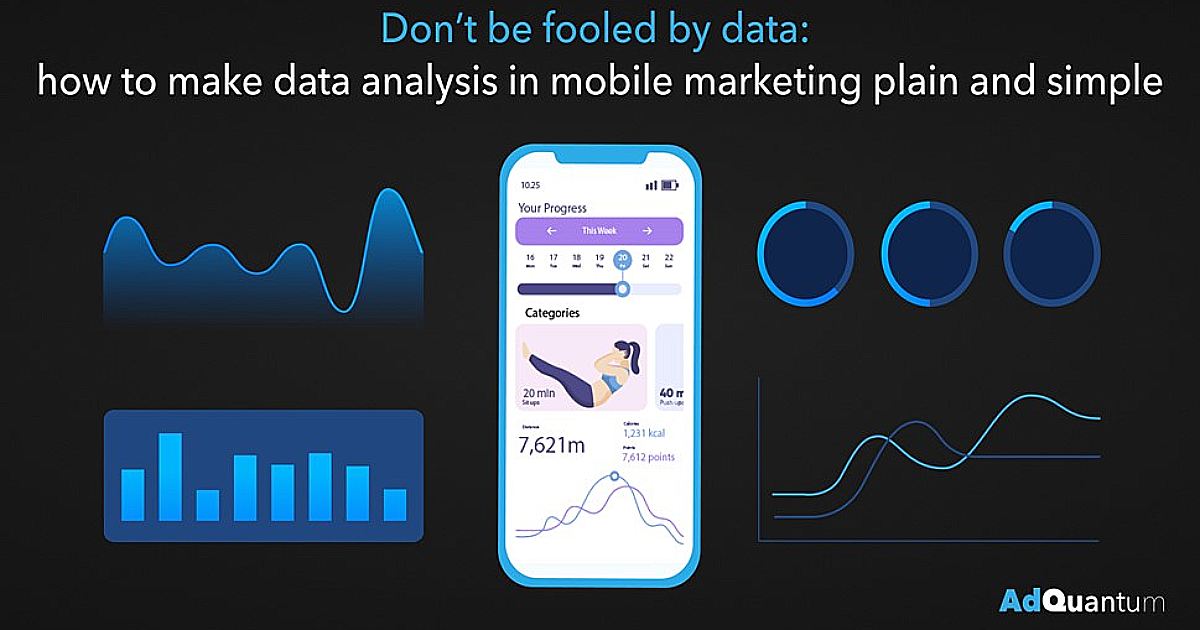
![Audiences' Attitudes Toward Mobile Ads and Apps [Infographic]](https://i.marketingprofs.com/assets/images/articles/lg/210316-infographic-lg.jpg)
